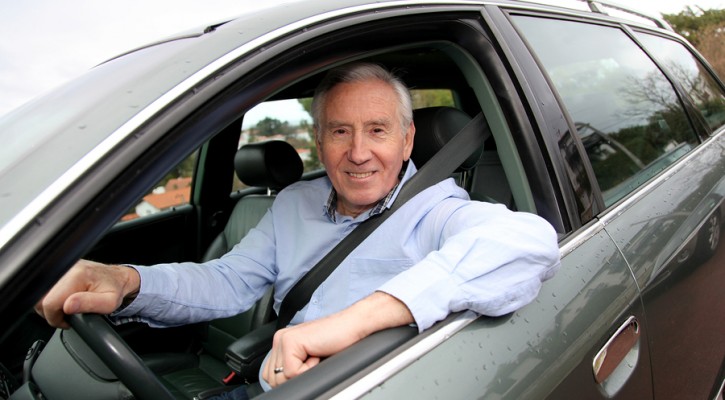
Older Drivers Can Be Aided By Technology
July 17, 2015
When it comes to older drivers, stereotypes aren’t necessarily true. Years ago, safety experts predicted a traffic nightmare as baby boomers reached old age but that hasn’t turned out to be the case. In fact, traffic data from the Insurance Institute of Highway Safety shows that traffic deaths among drivers 70 and older have been on a steady decline since the high point in 1997.
There are fewer drivers over the age of 70 and they tend to drive fewer miles. Safety experts feel that many older drivers “self regulate”; that is they tend to restrict driving to less busy times of the day and they avoid driving at night. Another reason for the decline in deaths of older drivers is that older drivers tend to be healthier and have better medical care than drivers in the past.
It’s impossible to tell at what age a driver is too old to drive. It depends on the individual driver and everyone ages at a different rate. A new study published recently tracked 1000 people born in 1972-73. Using a range of biomarkers, they found that the biological age of the one-thousand 38 year olds ranged from 30 to 60 years apart. Some were aging rapidly while others aged very slowly.
Still, it’s undeniable that most people will reach an age when they’ll no longer be able to drive and many families will face the difficult decision of when to take away the keys.
However, for those drivers reaching their 70’s and still driving safely, technology has the answer to help them to continue to drive safely and, hopefully, reduce the fears that any family members may have. If they can afford it, a new car with the following features can help to keep them and any other driver, regardless of their age, safer on the road. While these packages may cost a bit more, their price may be offset by a reduction in insurance costs.
- Collision Avoidance – Collision avoidance technology uses a combination of either radar, lasers, and cameras to keep an eye on vehicles and pedestrians ahead. Those systems work together to warn a drivers if they’re approaching too closely to another vehicle or object. If the driver doesn’t heed the warnings, the system will apply the brakes and stop the car.
- Lane Departure Warning and Prevention – This system warns a driver if the vehicle is drifting out of the lane and uses the dynamic braking system to steer the car back into the lane if the driver doesn’t take action.
- Adaptive Headlights – This system turns the headlights in the direction of the wheels to illuminate the road more clearly on curves.
- Blind Spot Detection – This system uses sensors to detect other vehicles in a driver’s blind spot to warn a driver who’s about to move into another lane or who may be drifting over the line. These systems can either warn the driver or work together with the lane departure system to prevent a driver from moving over.
To find a list of vehicle manufacturers who offer these technologies, visit: Insurance Institute for Highway Safety – Crash avoidance features by make and model
